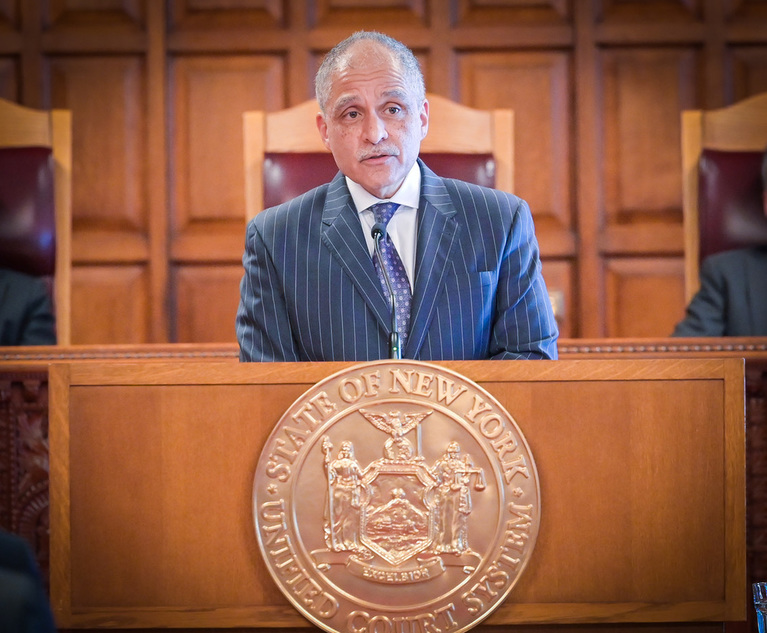2020 was a year of tremendous tragedy and challenge, and this year began ominously, with a lawless mob storming the U.S. Capitol to disrupt the democratic process. A string of seemingly unending and unthinkable crises has tested our institutions and our resolve, laying bare harsh truths about our social compact and the many weaknesses, deficiencies, and injustices that persist in all areas of our government, including the judicial branch. We have been forced to confront the fragility of our society and to constantly remind ourselves that societal norms are threatened when people (with or without justification) feel disenfranchised, ignored and powerless. It is difficult to talk of “bright spots” in the throes of a pandemic that has killed millions of our fellow human beings—including my father—or “silver linings” in the continuing string of deaths of people of color at the hands of those sworn to protect. Nonetheless, we can find some comfort in the strength of our courts in the face of injustice, a public health crisis, and the barrage of dangerous nonsense that flooded the court system and threatened our democracy. I see cause for optimism as we enter 2021. I do not delude myself that everything is and happens for the best, but I am hopeful, based on our willingness and ability to improve, that we can make a hard-edged, realistic assessment of our flaws and take concrete steps to address them. For in a crisis, we can forge opportunities.
What gives me such hope? Our resourcefulness, for one. We have all marveled at the way in which the scientific community rallied to the cause and developed vaccines in record time. In my corner of the world, where I preside over the Appellate Division, First Department, we cannot lay claim to anything that momentous. But I was impressed by how well our judges, our staff, and the lawyers who appear in our court adapted to the new reality that was thrust upon us last March. When the COVID-19 crisis began and in-person appearances at the First Department were no longer safe, we expeditiously switched to a virtual court model, conducting oral arguments, pre-argument settlement conferences, and admission ceremonies remotely. Although I miss the personal contact with my colleagues and counsel, virtual arguments have proven quite successful. And while many challenges remain, particularly given the attrition in our judicial ranks that has required us to reduce the number of oral argument sessions to two or three per week, I would not be surprised if there is significant interest in continuing with virtual arguments after the pandemic is over.


 Justice Rolando Acosta, Photo: Rick Kopstein
Justice Rolando Acosta, Photo: Rick Kopstein




